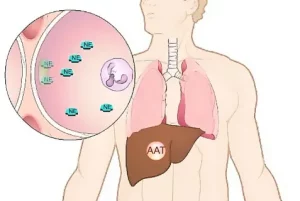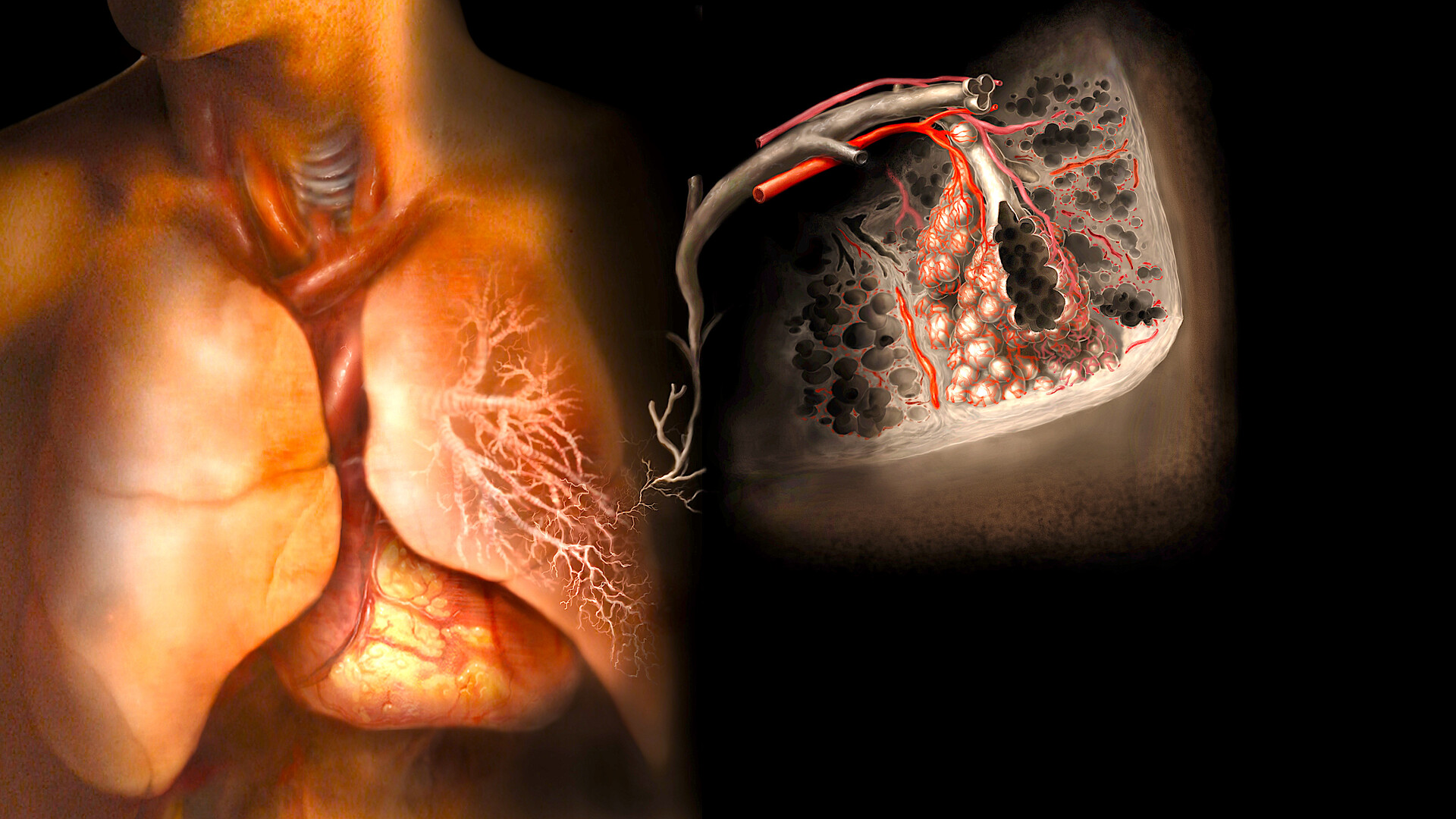Introduction:
Alpha-1 Antitrypsin (AAT) deficiency is a genetic disorder that heightens the risk of lung and liver diseases. In this detailed exploration, we delve into the roots of this condition, its varied symptoms, diagnostic procedures, available treatments, and essential preventive measures.
What is Alpha-1 Antitrypsin Deficiency?
Alpha-1 Antitrypsin (AAT) is a crucial protein synthesized in the liver, designed to protect the lungs. When the body fails to produce adequate AAT, the lungs become more susceptible to damage from environmental factors such as smoking, pollution, or dust. This deficiency is hereditary and can manifest as chronic obstructive pulmonary disease (COPD), bronchiectasis, or even liver disease.

Genetic Inheritance:
Understanding the genetic inheritance of AAT deficiency is paramount. Individuals carrying mutated genes from both parents face an increased risk, while carriers inheriting one mutated gene may pass it on to their offspring. The prevalence of AAT deficiency is higher in individuals of Northern European descent, emphasizing the role of ethnicity in its manifestation.
Symptoms:
The symptoms of AAT deficiency typically manifest between the ages of 20 and 50. They include:
- Persistent cough
- Shortness of breath
- Wheezing
- Liver disease symptoms such as jaundice and leg swelling
- Rare skin problems like painful lumps or patches

Diagnosis:
Diagnosing AAT deficiency involves a series of tests:
- Blood tests measure the level of AAT protein; lower levels indicate potential deficiency.
- Genetic tests provide a more definitive diagnosis by identifying mutations in the AAT gene.
- Pulmonary tests assess lung functionality, particularly if COPD is related to AAT deficiency.
Treatment Options:
While there is no cure for AAT deficiency, various treatments can help slow down the progression of lung damage. For individuals with both emphysema and AAT deficiency, standard COPD treatments such as bronchodilators, inhaled steroids, antibiotics, and pulmonary rehabilitation may be administered. Augmentation therapy, a lifelong treatment, involves raising AAT protein levels to acceptable amounts, effectively slowing lung damage.

Prevention and Outlook:
Preventive measures play a crucial role in managing AAT deficiency. Quitting smoking and avoiding exposure to pollutants, dust, and secondhand smoke are paramount. Genetic counseling is recommended, especially for individuals planning to have children, providing insights into the risks and aiding in informed decision-making. Treatment for other health problems
Comparative Table:
| Aspect | AAT Deficiency | Normal Condition |
|---|---|---|
| Protein Production | Insufficient AAT production | Adequate AAT production |
| Genetic Inheritance | Inherited from both parents | Inherited from both parents |
| Lung Susceptibility | Increased susceptibility to damage | Normal lung resilience |
| Liver Involvement | Possible liver disease | Unlikely liver disease |
| Ethnic Prevalence | More common in Northern Europeans | No specific ethnic predisposition |
Conclusion:
This comprehensive exploration emphasizes the complexity of Alpha-1 Antitrypsin Deficiency, urging individuals to be aware of its symptoms, seek early diagnosis, and consider available treatments for effective management. Genetic counseling plays a pivotal role, providing valuable insights for those at risk, especially when planning to start a family.










